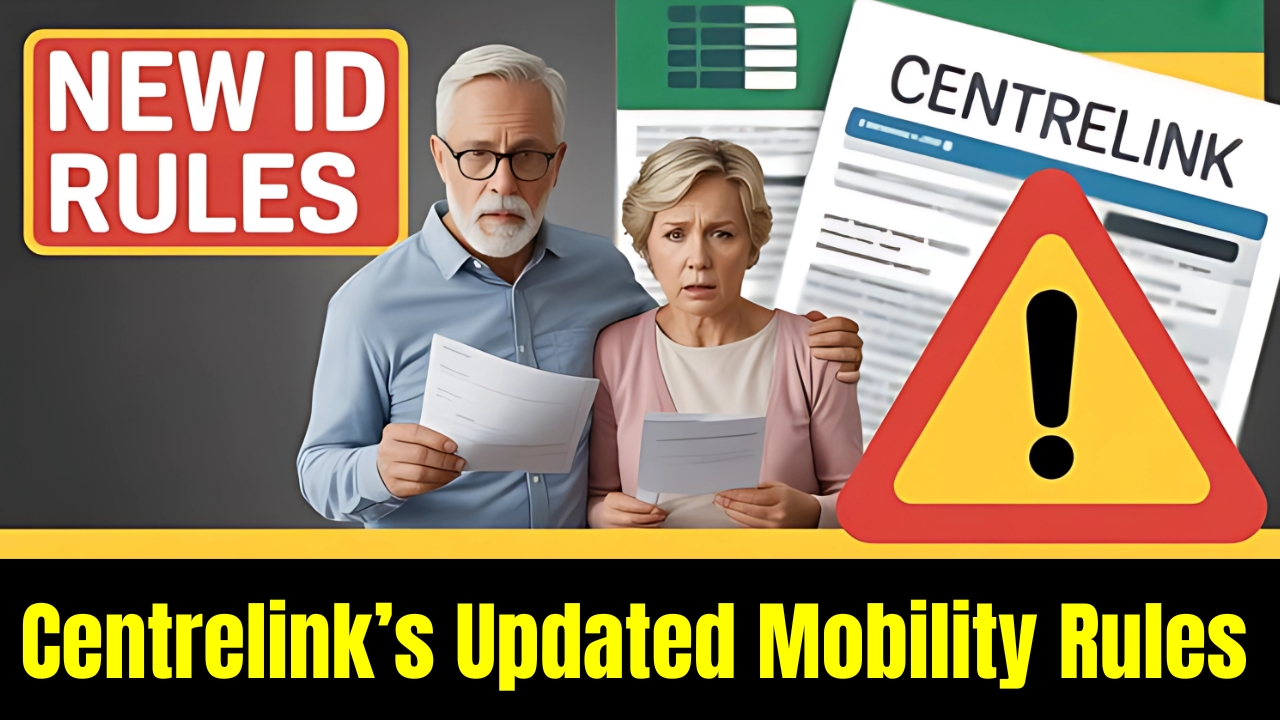
Driver’s Licence Renewal After 70 – What Centrelink’s New Mobility Rules Mean for You
Starting August 2025, the way you renew your driver’s licence if you’re over 70 will change, and the new rules involve Centrelink’s updated mobility measures as part of the mix. The goal is clear: give older Australians the chance to keep calling the road their own while also protecting everyone from risks linked to age-related shifts in health. Getting to know the updates now will keep you in the driver’s seat of the process instead of being startled when the new rules kick in.
Medical Checks Will Be More Thorough
At the heart of the updates is the need for more detailed health checks when seniors go for licence renewal. It will no longer be as easy as signing a form; you’ll need to go in for a set of checks that look closely at whether you’re fit to drive safely.
The tests cover the things that matter most for safe driving—how sharp your vision is, how quickly you can respond, and any health issues that may interfere with steering, braking, or seeing clearly. If you already live with a health challenge such as vision loss, joint pain, or a long-term illness, be prepared to bring in notes from your doctor or possibly a specialist to go along with your renewal form.
The bigger medical pictures are crafted with the understanding that ‘aging’ isn’t the same for everyone. Lots of seniors drive safely and confidently in their 80s, and the checks are less a pass/fail and more a shared way to keep everyone safe on the road.
Shorter Renewal Periods Become Standard
Long-lasting driver’s licence renewals that used to come without hassle every few years are now a thing of the past. The new plan says that anyone older than seventy must renew their licence more often, letting road safety experts check now and then to see if the driving skills are still okay.
Health problems sometimes sneak up fast as we get older, and the new rule steps in to catch anything before it turns into a bigger problem. By bringing the paperwork in more often, we find out if extra help is needed long before it causes a danger out on the roads.
Most older drivers see the extra paperwork as a nuisance, not as a sign that driving time is running out. A little bit of planning now—setting reminders in the calendar for that trip to the licence centre every year instead of in four—can keep the car keys in hand and the route to the doctor still open.
How Centrelink’s Mobility Assessment Integrates
The biggest change is that the drivers’ licence check and the Centrelink mobility assessment are now linked. Having both sides of the paperwork talk to each other means less running around for drivers and a smoother process for everyone.
When the licence is up for renewal, the assessment done at Centrelink that looks at strength, balance, and whether a walker or other device is needed will be pulled in. The officer at the licence centre can then see a full picture—car, walker, or both—so decisions can fit best with the needs at home and on the road. The goal is to line up the forms, the supports, and the records, making everything a little less confusing.
If you get a mobility support payment from Centrelink, the new setup can make your license renewal easier by cutting out some repeat health checks. But it also means that some details about your health, once shared only with support workers, might now affect whether you can still drive.
Some older drivers, when renewing their license, may have to take a practical driving test. This doesn’t happen to everyone. It’s usually triggered if the health report raises red flags or if something about your renewal raises questions.
These road tests look at the skills needed to drive safely today, not just at what is written in a health report. If you feel you still drive well, it’s a chance to show it. The driving test checks the setups that often become tricky with age, like handling confusing intersections, keeping a safe speed, or acting quickly when something unexpected occurs. Before you test, you’ll find guides and practice tips that can help you brush up.
If you renew and the answer is no, you’ll find a simple and clear way to challenge that. Losing your license is a big deal, and the system wants to make sure you have a chance to explain your side.
When drivers over 70 face questions about health or ability, the reforms let them ask for a second medical opinion, take further on-road tests, or even request a limited licence. These limited licences might mean driving only during daylight or only to places within a few blocks. The goal is clear: protecting everyone on the road while promising that drivers who are still safe won’t have their keys taken early.
FAQs
When do the new rules about renewing the licence for seniors begin?
Starting in August 2025, all Australians aged 70 and up will function under these revised rules.
How often do I have to redo the licence process once I’m over 70?
You will see shorter renewal intervals. The exact spacing will shift, depending on health tests and on your driving record.
Can I fight the decision if the renewal is turned down?
Absolutely. The new framework sets aside an organised appeal method, allowing you to submit new medical reports, ask for specialists to reassess findings, or request a licence with limited rules.
Drivers fined $41,000 in a week as Australia’s toughest speed cameras go live